Flame Arrester
Price: Contact
KSPC Deflagration Proof In-Line Flame Arrester
- Download Catalogues
- Download KSPC Company Profile
- Download Tank Safety & Protection Devices
- Installation, Operation and Maintenance Manual for Flame Arrester of KSPC
Deflagration Proof In-Line Flame Arrester KSPC
KSFH TYPE
The model KSFH Inline Flame Arrester is designed, manufactured, tested according to API 2000, British Standard Specification Code BS7244, and EN 12874 / ISO 16852. Additionally All most of size shall be approved FM (Factory Mutual). The units are passive devices with no moving parts. They prevent the propagation of flame from the exposed side of the unit to the protected side by the use of a 316L stainless steel crimped metal ribbon type flame cell element. This construction produces a matrix of uniform opening that are carefully constructed to quench the flame by absorbing the heat.
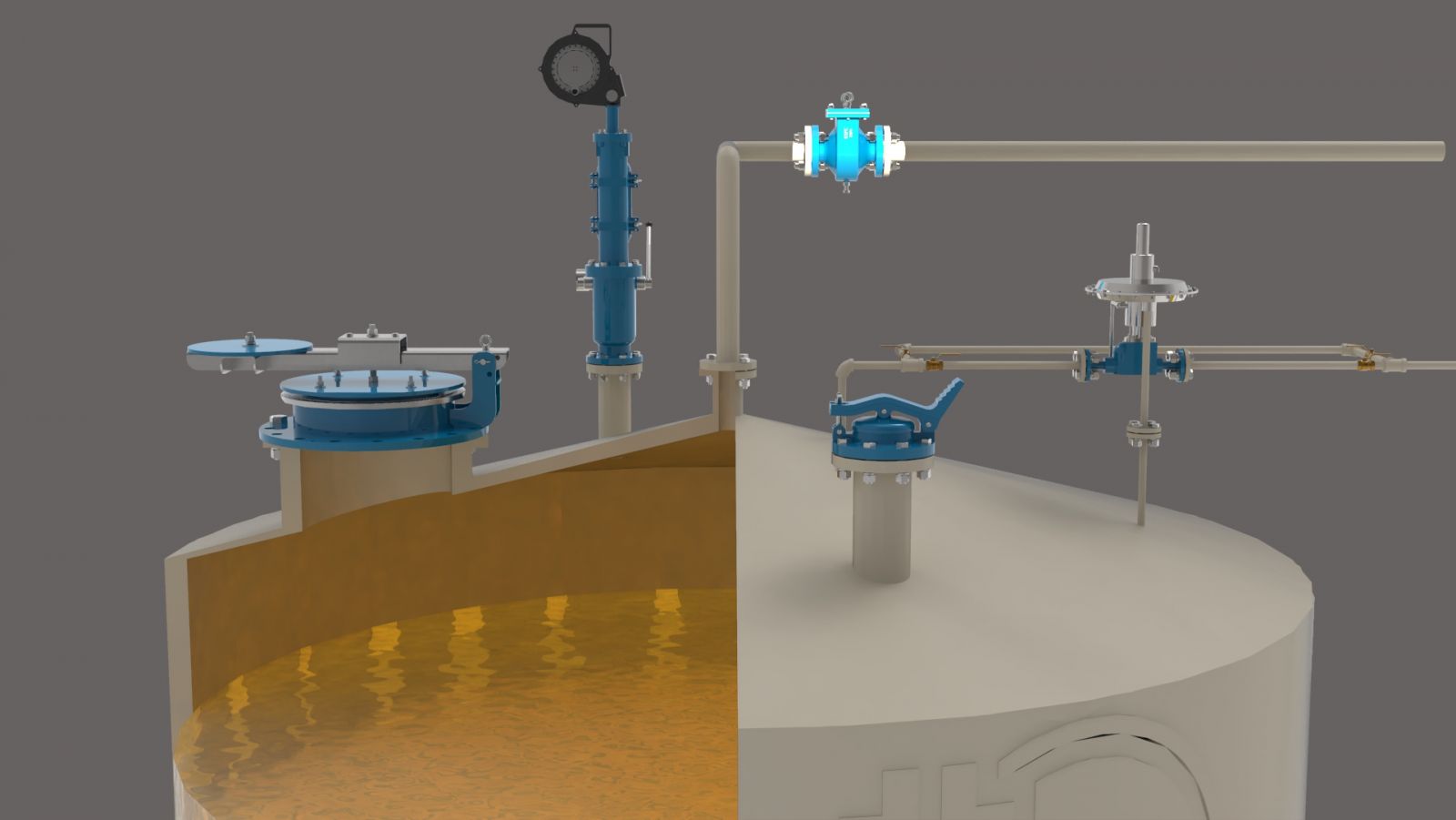
This provides an extinguishing barrier to the ignited vapor mixture. The KSFH flame arrestors have specifically designed heat transfer characteristics for slow moving flames and low to medium pressure fronts (low to medium deflagration). Inline flame arresters can be installed either vertically or horizontally within a designated distance from the potential ignition extras. The standard flame cell is suitable for NEC group D or IEA IIA gases. Cells for other gas groups are available as additional extras. The standard design shall be used up to an operating temperature of + 60 deg C / 140 deg F and operating pressure up to 1.1 bar abs from size 2” / DN50 to 12” / DN 300. Upon request, it can be obtained for higher pressure and higher temperature with special approval The fame arresters are available with either aluminum, nodular iron, cast steel, 304SSss, 316SS and 316LSS housings. Iron and steel housings are supplied epoxy coated. Sizes range from 50mm to 300mm. Standard flanges are ANSI 150lb and other connections are available upon request.
MAINTENANCE
Periodic inspection and maintenance is required. The cell assembly can be removed for cleaning purposes. Cleaning can be accomplished by dipping the entire cell assembly into an appropriate solvent. Care should be taken not to damage the cell openings as such deformations hamper the flow through the cell. The gaskets should be inspected and replaced if necessary.
Related projects









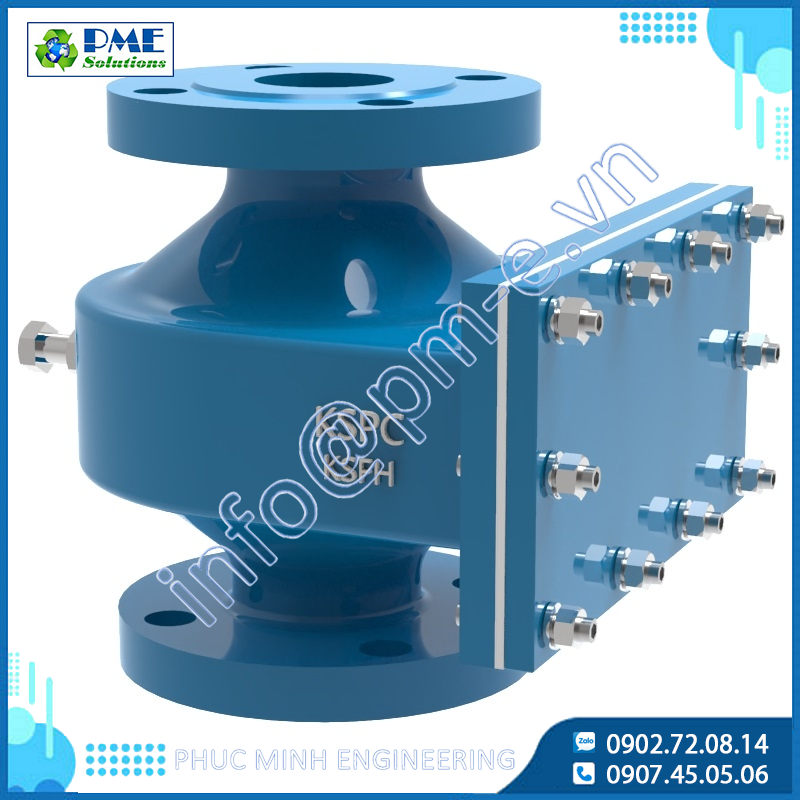
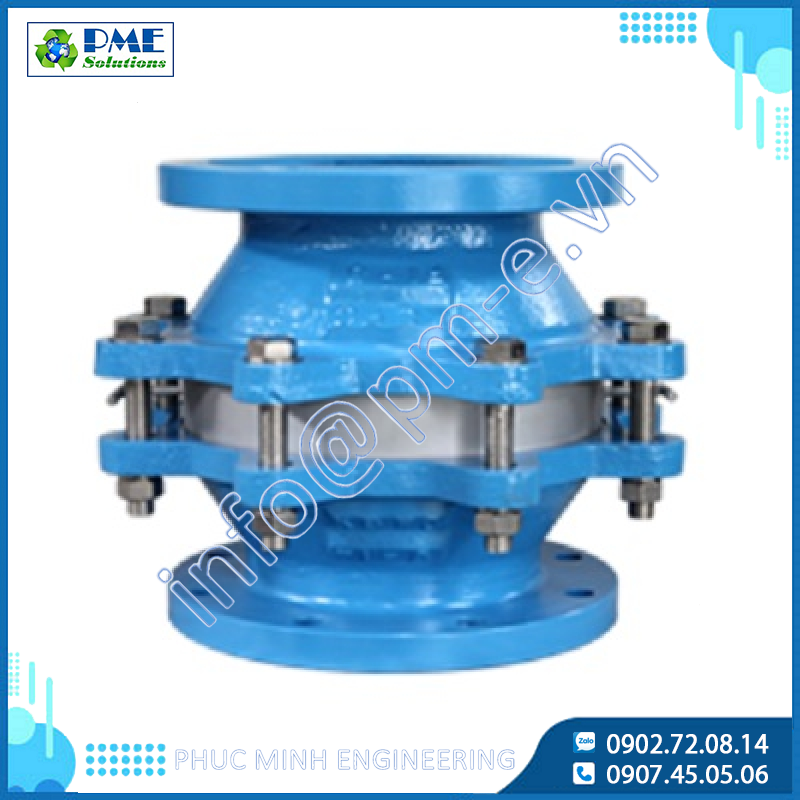
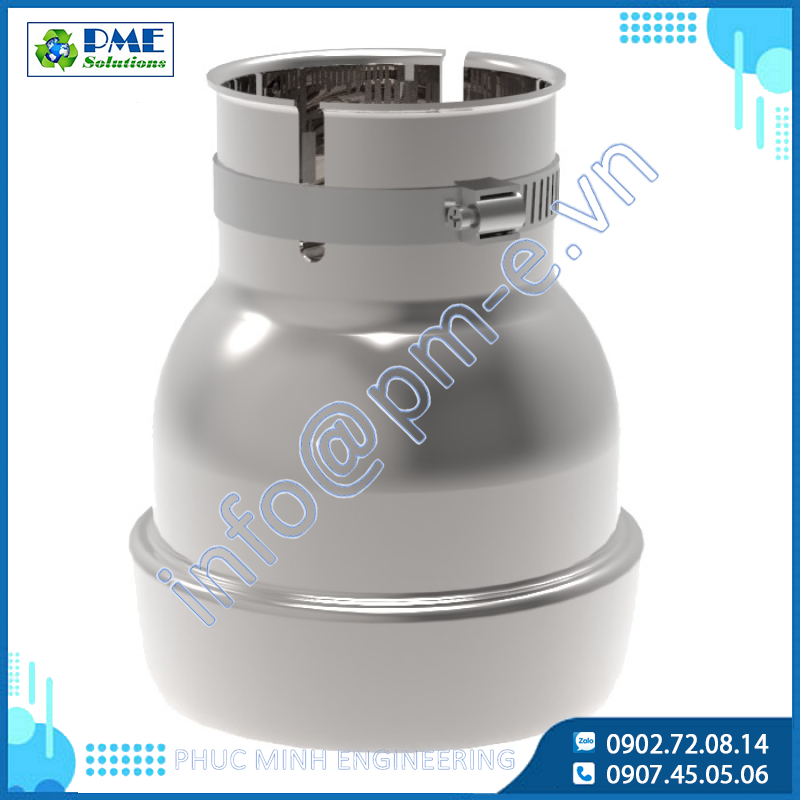
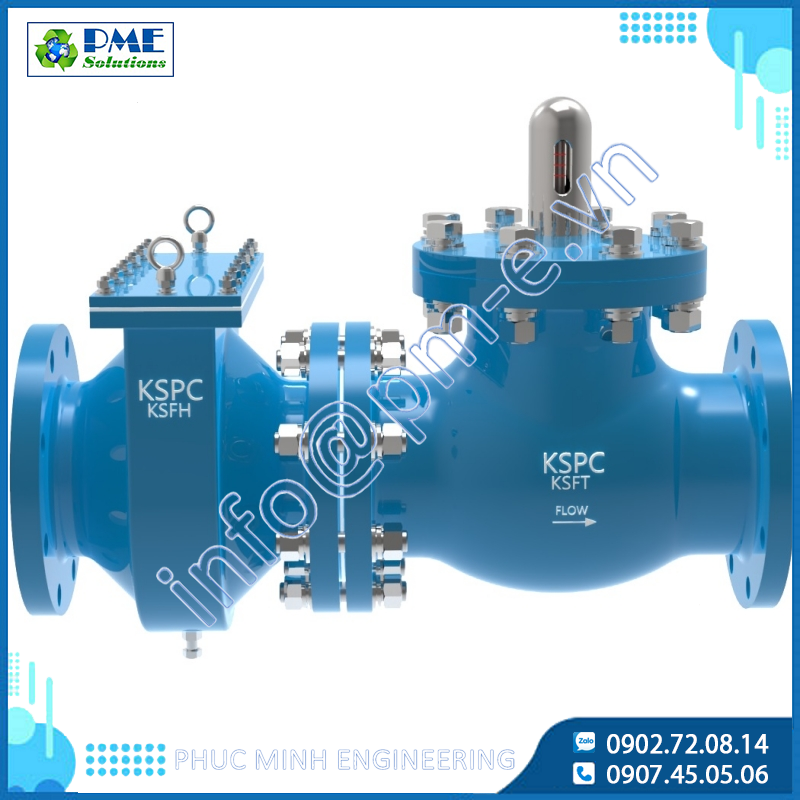
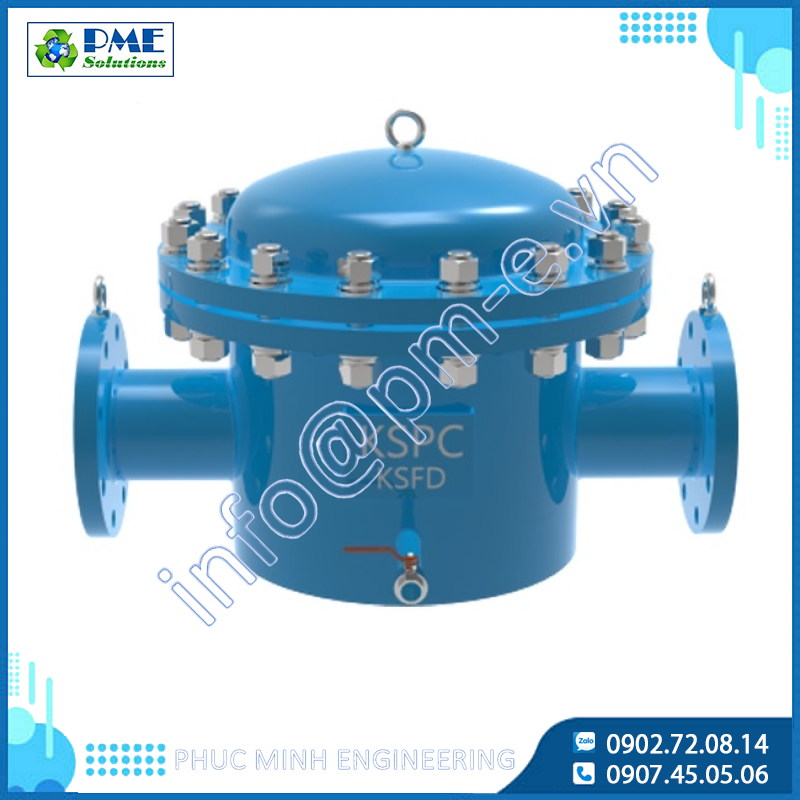

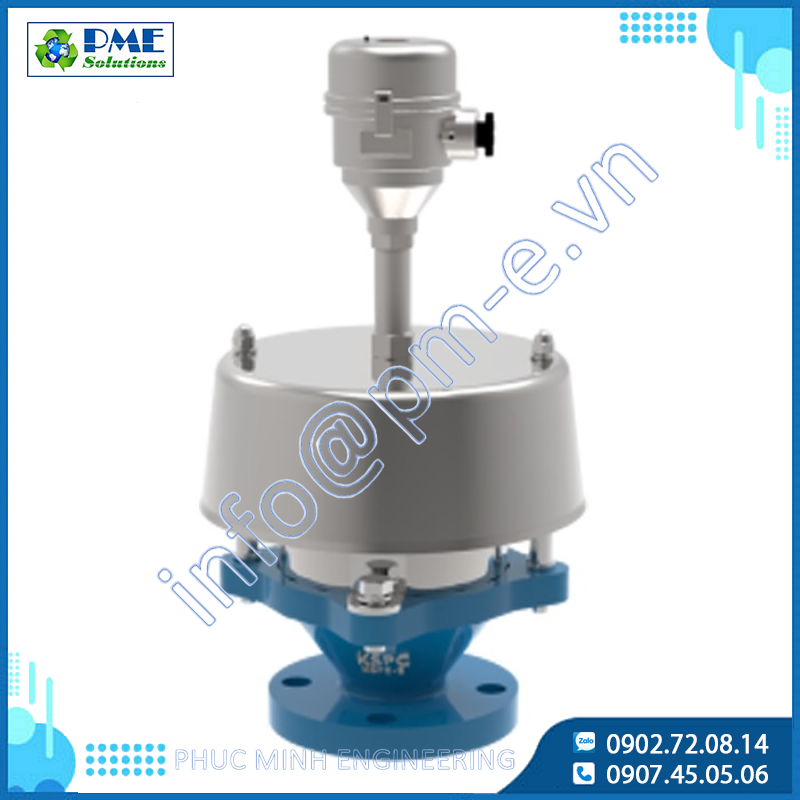
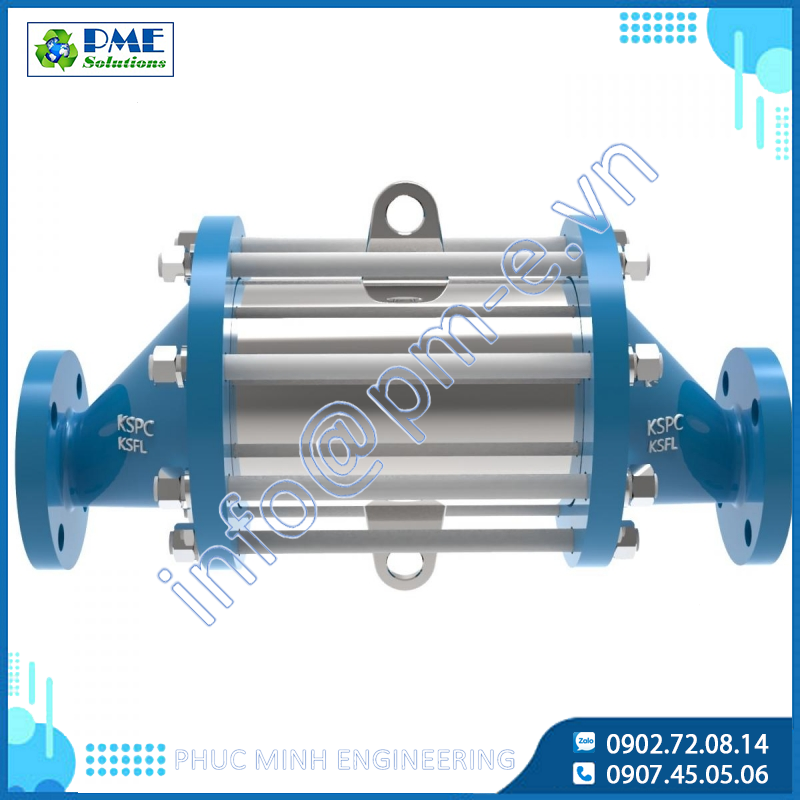
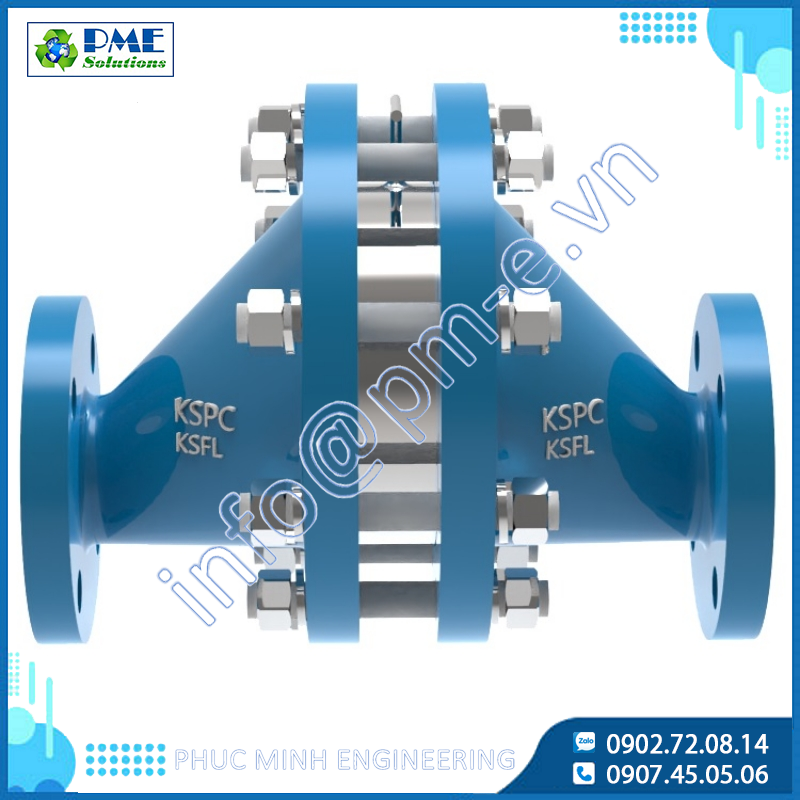
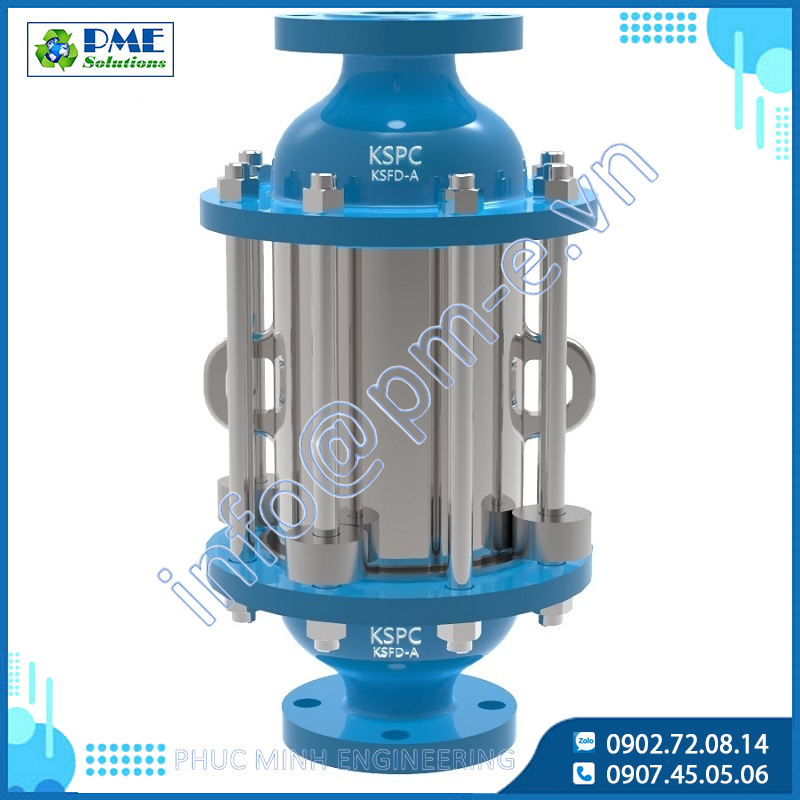
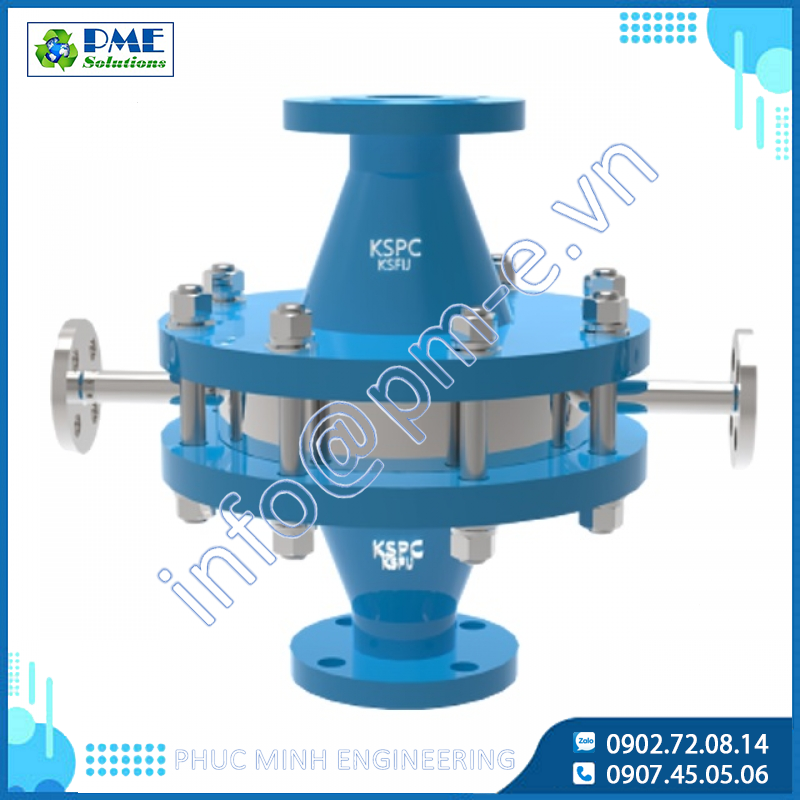
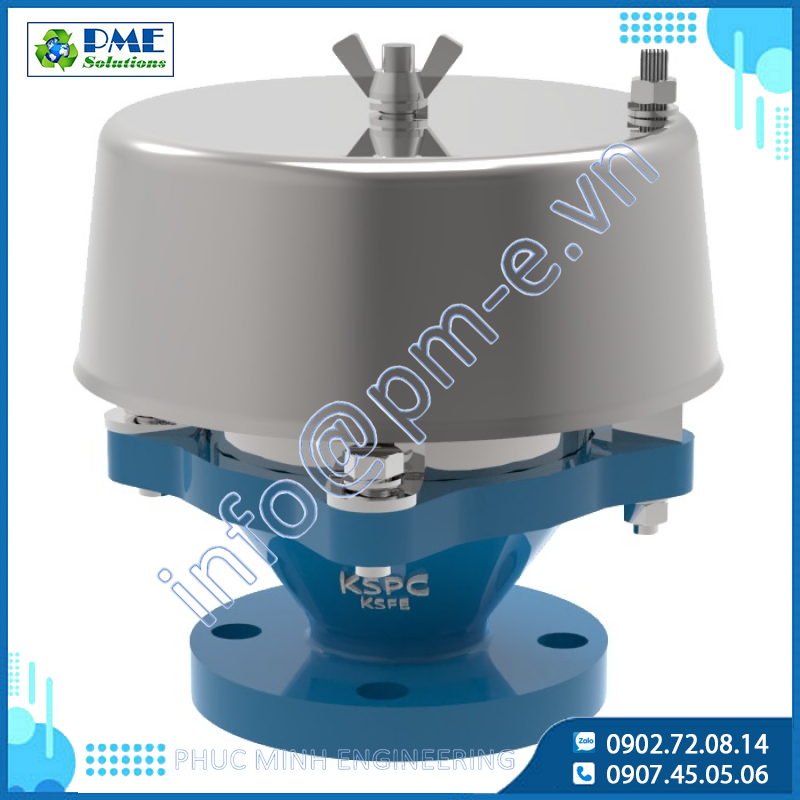
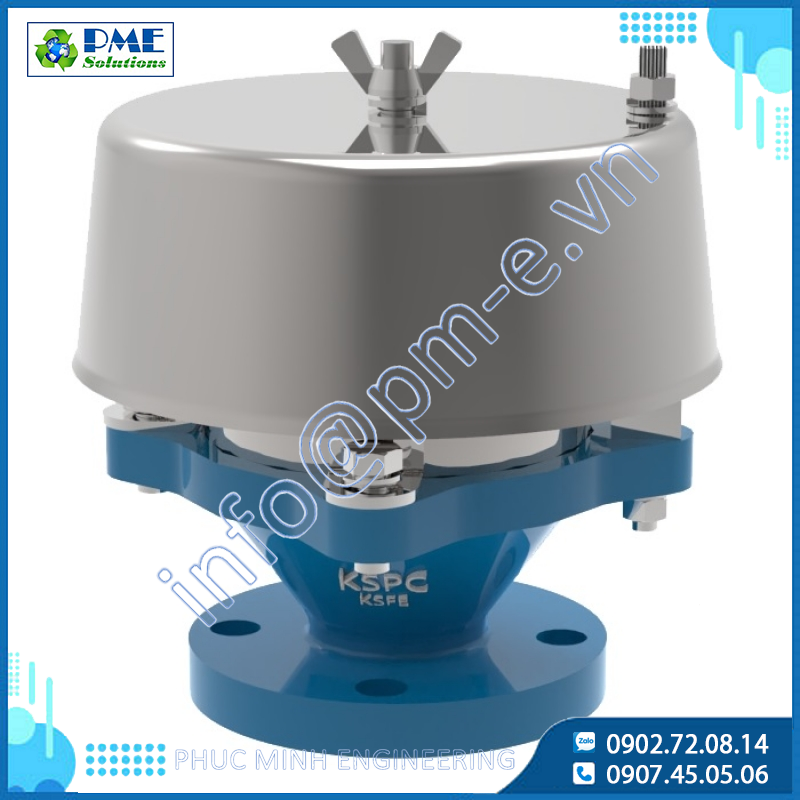
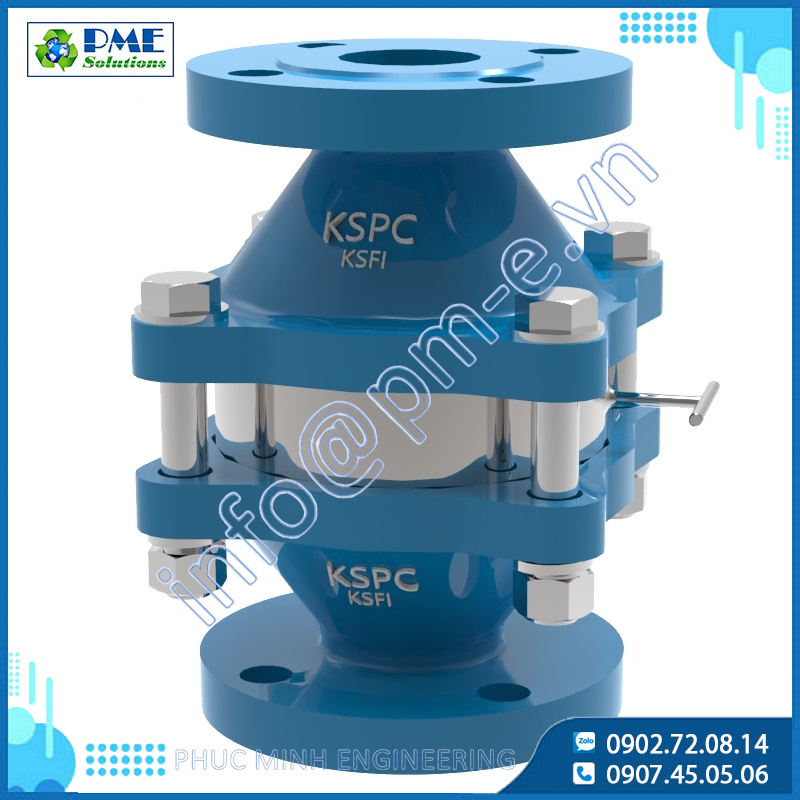
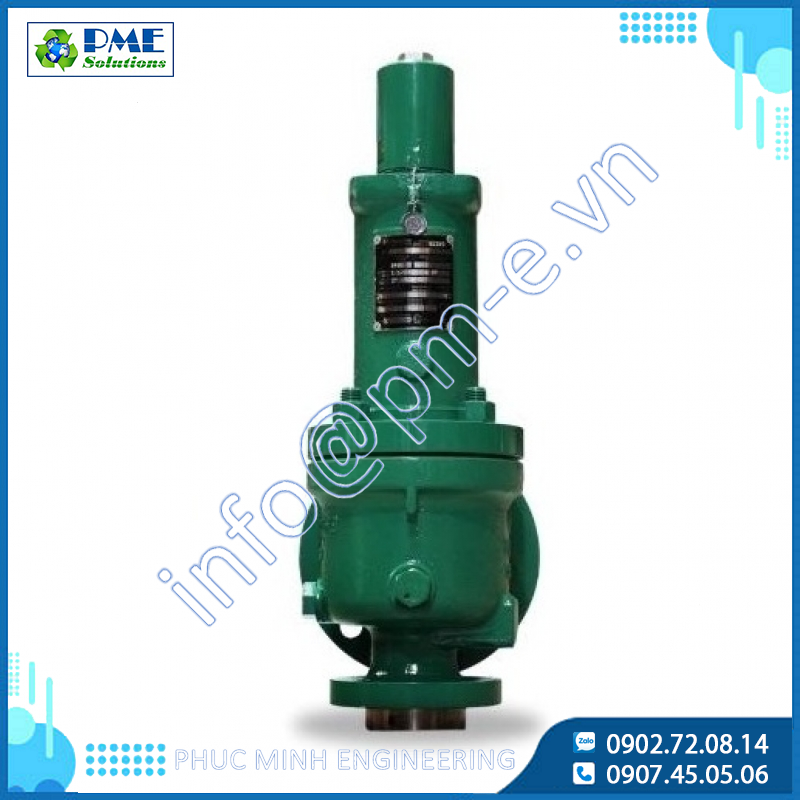
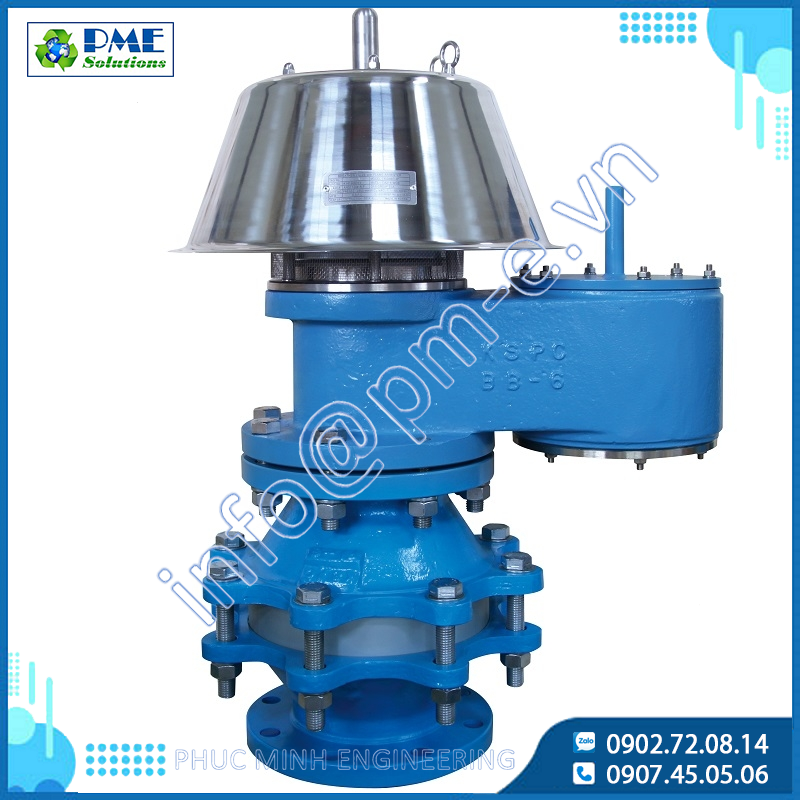
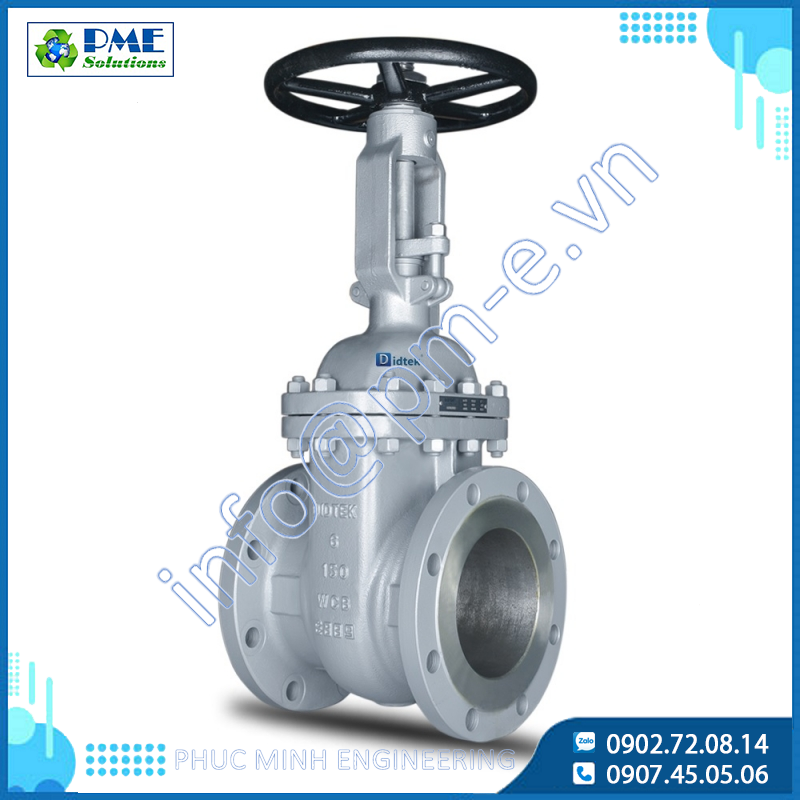
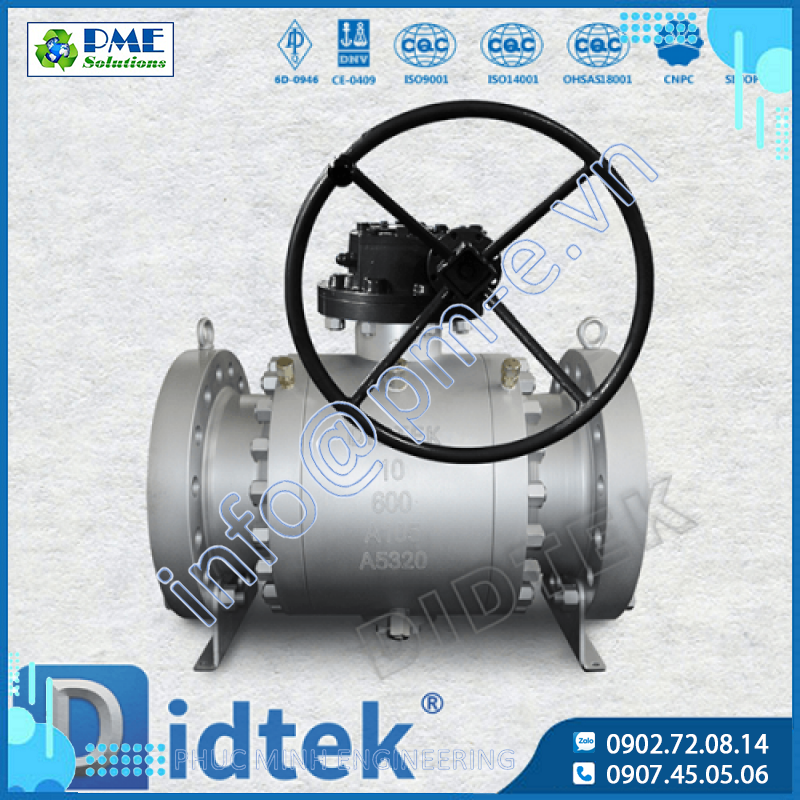
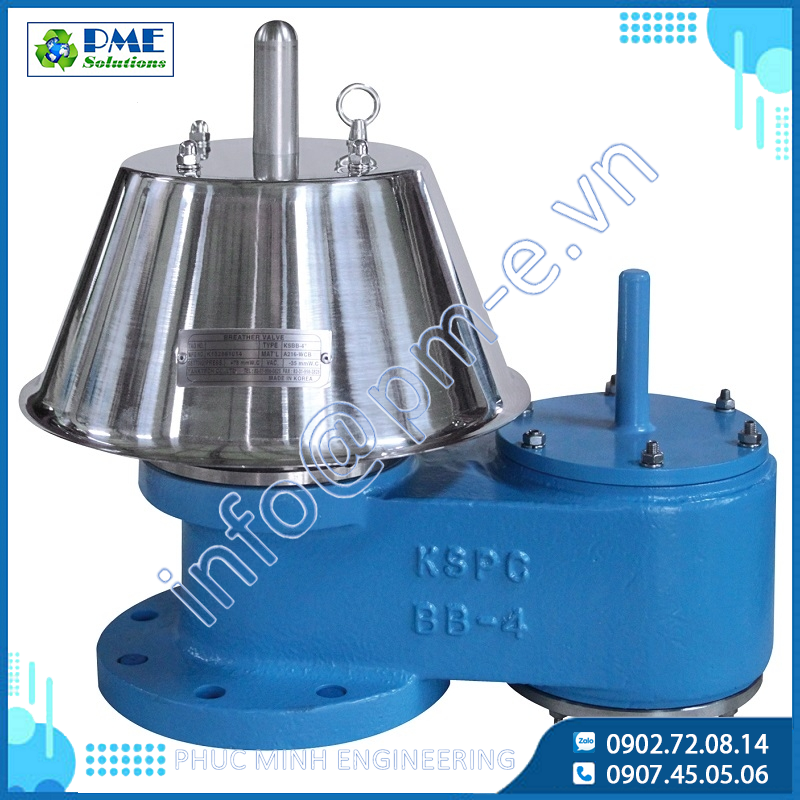


.png)






